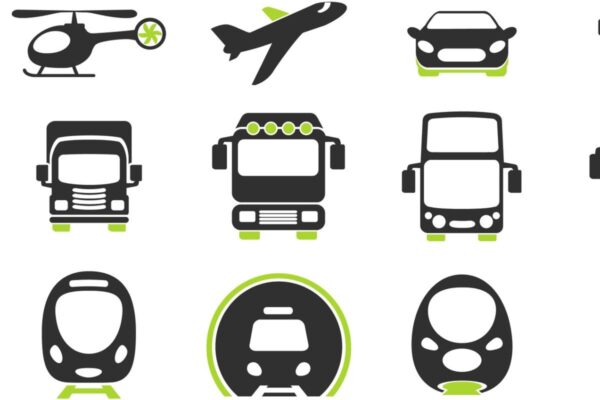Securing the Future: Cybersecurity in the Evolving Transportation Landscape

About Course
From self-driving cars to AI-powered traffic management and smart ports, the transportation industry is undergoing a digital revolution that promises unprecedented levels of efficiency, connectivity, and safety. But with these innovations comes an urgent challenge: safeguarding complex transportation networks from an evolving web of cyber threats. Whether it’s a ransomware attack on a major airline, a data breach at a seaport, or a denial-of-service disruption in rail systems, cyberattacks can cripple mobility, impact economies, and compromise public safety.
This course dives deep into the intersection of cybersecurity and transportation. Through real-world case studies, expert insights, and emerging technologies, students will gain a thorough understanding of the threats, vulnerabilities, and defense mechanisms shaping the digital future of transit systems. From securing connected vehicles and infrastructure to implementing best practices and fostering cyber-conscious cultures, learners will emerge ready to be proactive guardians of this critical sector.
Course Content
Introduction: Navigating Cybersecurity in the Transportation Industry
The pivotal role of the transportation industry in global connectivity and economic growth.
00:00The increasing reliance on technology and digital transformation.
00:00The critical need for robust cybersecurity measures in the transportation sector.
00:00